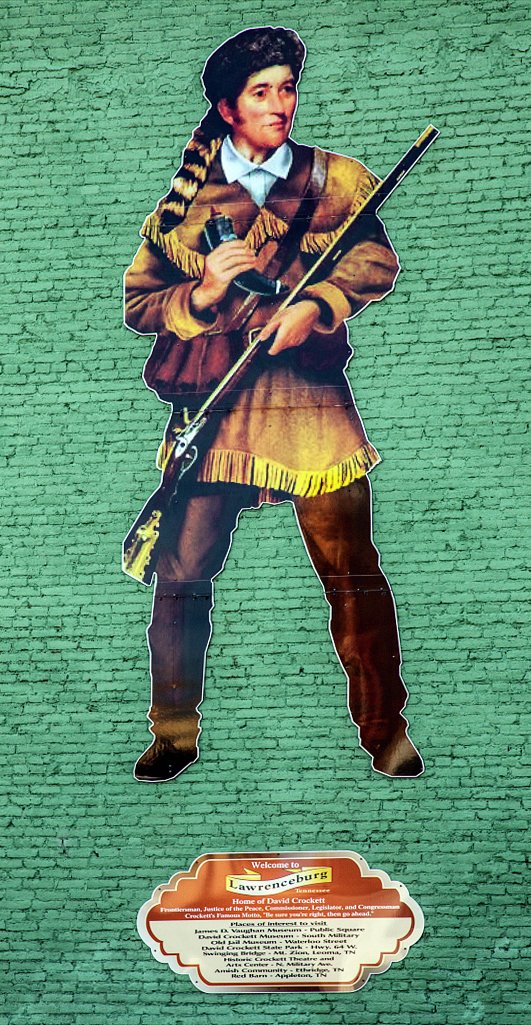Who was Davy Crockett? King of the Wild Frontier
Tennessee or Texas’s Hero? Should Texas tribute its victory against Mexico to Tennessee?
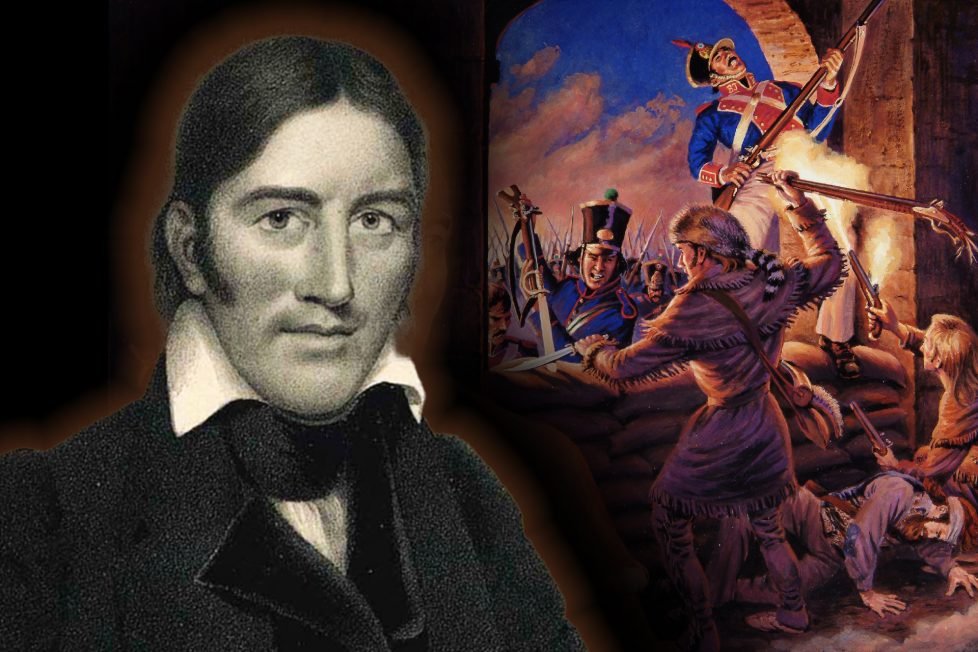
Tennessee or Texas’s Hero? Should Texas tribute its victory against Mexico to Tennessee?

Table of Contents
ToggleWell known for the Six Flags of Texas (and now an amusement park) the state has been claimed by many countries: Spain, France, Mexico, the Republic of Texas, the Confederate States of America, and the United States of America. This article will evaluate the tumultuous time period between Mexico’s control and Texas as a new country, known as the Republic of Texas. Specifically covering the assistance of Tennessee in the Texas Revolution. Texas received aid from many states including Kentucky, Louisiana, and Alabama. These groups were known as the New Orleans Greys, Alabama Red Rovers, and Kentucky Mustangs. However, Tennessee historically sent the most volunteers.
Tennessee and its volunteers were vital to Texas’s beginnings due to many prominent leaders who came from Tennessee, such as Sam Houston, George Childress, and Davy Crockett. Houston was governor of Tennessee before moving to Texas and becoming the 1st and 3rd president of the Republic of Texas. George Childress was credited for writing the Texas Declaration of Independence. Davy Crockett, the highlight of this feature, was a Tennessee congressman before becoming Texas’ folklore hero.
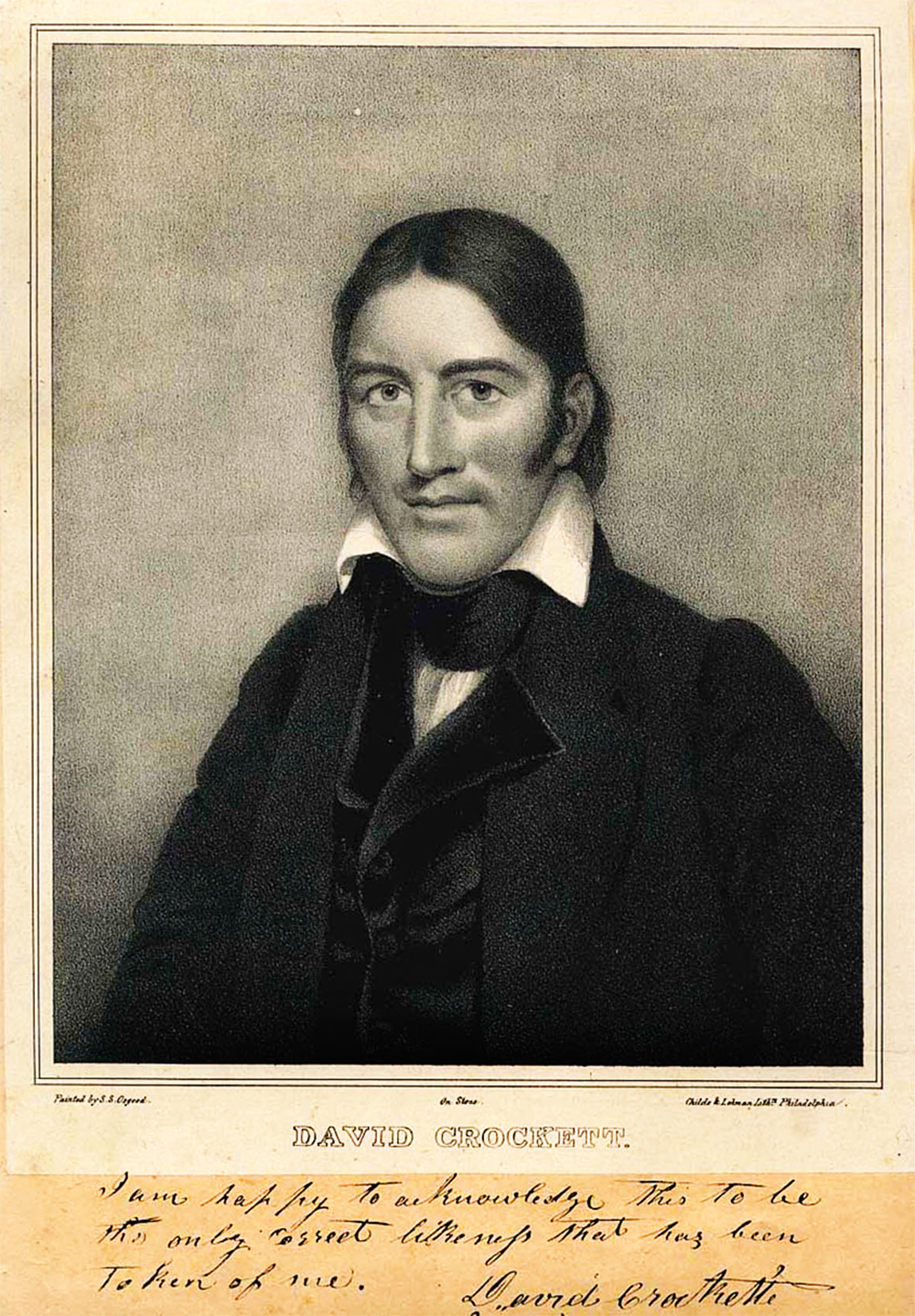
Texas’s dependency on Tennessee is an often glossed-over part of Texas history. Most Texans are unaware that Tennessee is their sister state, while Tennesseans pride themselves on their volunteers’ contributions to the Lone Star State.
The majority of Texans can tell you that Texas was victorious in the revolt against Mexico. They can tell you the great legends of William Travis, Sam Houston, Jim Bowie, Davy Crockett, and others. Most people, with the exception of historians, do not know that many of these leaders were volunteers from other states. This absence is due to a lack of inclusion in formal education.
Current Texas education courses neglect to include the history of Tennessee’s volunteers. Ask any school child and even adults, most will be stunned to learn of Tennessee’s association with the Texas Revolution. This partnership is not covered in any curriculum, specifically referring to the 7th-grade Texas History course. Whereas, in fifth grade, Tennessee students learn of the state’s extensive volunteering in various wars including the Texas Revolution.
However, this exclusion is unsurprising as the Texas Education Agency is well known for its curated curriculum, such as targeting “critical race theory,” limiting diverse voices, and book bans.
Tennessee citizens pride themselves as the Volunteer State. The state earned the nickname, “The Volunteer State” after the War of 1812 and solidified the name when 30,000 men volunteered to fight in the Mexican-American War.
This pride extends to college sports. The football team at the University of Tennessee is called the Tennessee Volunteers. Davy Crockett was the inspiration for the name and logo. The logo features Crockett with his rifle and coonskin hat.

In short, Tennesseans are proud of their volunteer history. Crockett represents the entirety of the Tennessee volunteer force to Texans and Tennesseans.
Tennessee’s call to action has been viewed as idealistic, however, in reality, there was an economic incentive for Texas to secede from Mexico.
In 1829, Mexico abolished slavery. Texans were staunchly against this socioeconomic change and power displacement. The surrounding southern states of the U.S. also disapproved, including Tennessee. They feared the potential change in Texas would affect their own state’s slavery system. The Saint Domingue, or Haitian, Revolution had recently succeeded in becoming independent from France and the abolition movement in the northern U.S. states was growing. The southern U.S. states did not want to see another free country at their borders. The U.S. would not abolish slavery until much later in 1865 and after the Civil War.
Many volunteers portrayed their motivation as upholding the same values as the 1776 American Revolution, such as freedom from tyranny, Manifest Destiny, and the spread of Anglo-Saxon principles. The official call from Texas for assistance from Tennessee was written as, “The cause of philanthropy, or humanity, of liberty and human happiness throughout the world calls loudly on every man who can, to aid Texas.”
Conversely, individuals were offered much more than a moralistic high ground. Men who joined the effort against Mexico received 300 to 4,000 acres of land, depending on family size. Free land was an immense motivation for many families to fight with Texas against Mexico.
David Crockett was born in Tennessee on August 17, 1786. At age 12, he was hired as an indentured servant for a ranch in Virginia, as his family was very poor and in debt. This was the beginning of his life on the frontier. In 1806, he married his first wife. They had three children together. One of which, John Wesly Crockett, eventually became a U.S. Congressman. After his wife died, he later remarried and had three more children.
In 1802, Crockett started his war career under General Andrew Jackson in the Creek War, a conflict between Native Americans, the United States, and European powers over land rights. Soon after, he followed Jackson into the War of 1812, a conflict between the United States and Great Britain about soldier imprisonment and trade rights.
In 1818, Crockett began his political career. He started as commissioner for Lawrence County, Tennessee. Then in 1821, he successfully ran for the Tennessee General Assembly. Crockett was known for advocating for the rights of poor settlers. In 1827, he defeated his political opponents for a seat in the U.S. House of Representatives, still a champion for impoverished farmers. He was in and out of office until 1835. He lost popularity when he tried to dismantle the U.S. Military Academy at West Point and voted against the 1830 Indian Removal Act.
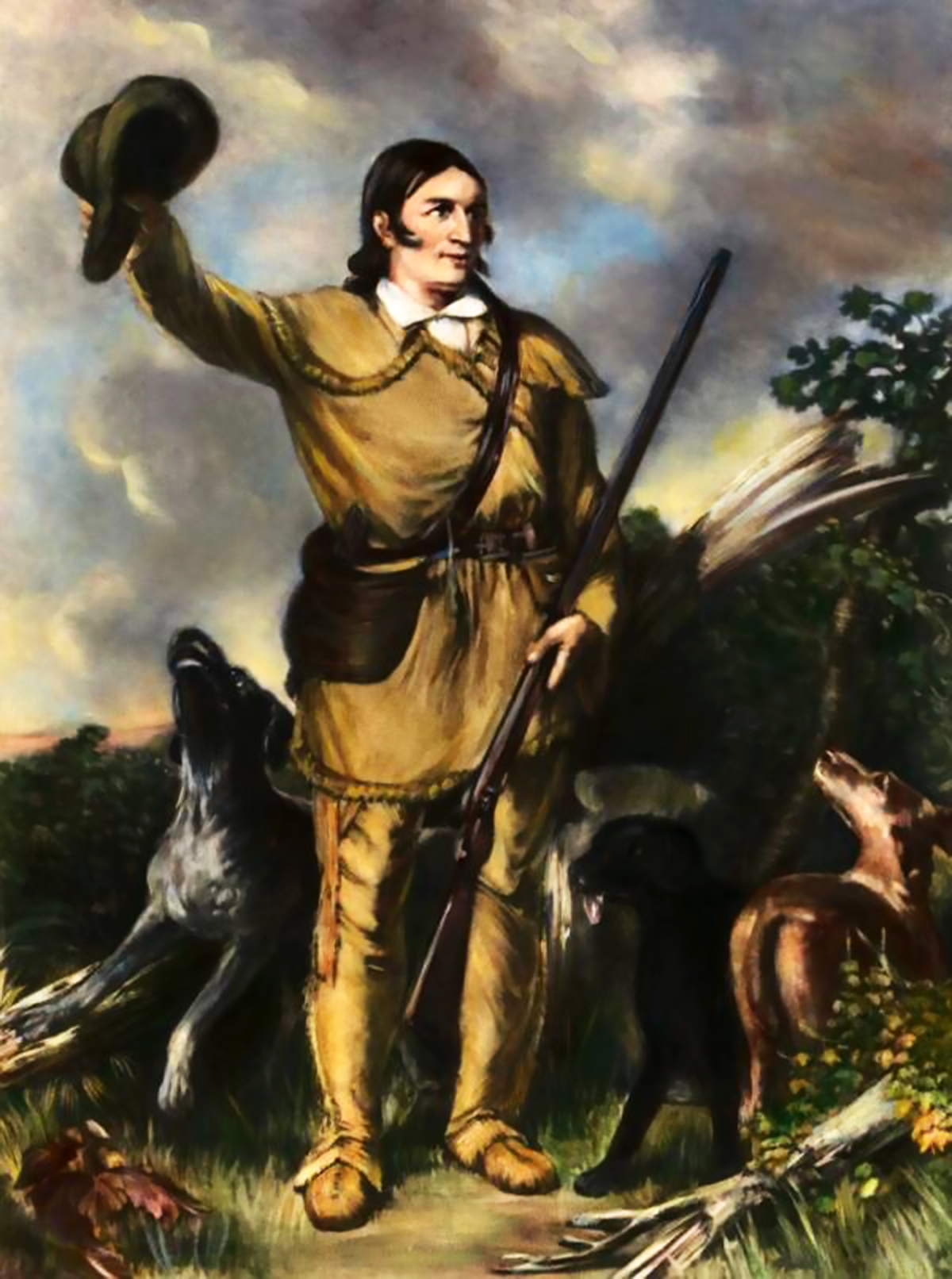
During his last term, Crockett penned his autobiography, A Narrative of the Life of David Crockett. He promoted his book for a few years, possibly to build support for his future political career. On this tour he said his famous quote to a crowd in Nacogdoches, Texas,
“I told the people of my district that, if they saw fit to re-elect me, I would serve them as faithfully as I had done; but if not, they might go to hell, and I would go to Texas.”
David Crockett
The fact that the Tennessee Mounted Volunteers followed Davy Crockett to Texas is a misconception. In reality, he only came with a few friends and his nephew.
He had hoped to restore his political career and saw opportunity in Texas. In Tennessee, he had gained popularity for participating in war and wanted to mirror this previous rise to fame in Texas. Joining Texans in the battle against Mexico was an excellent occasion. Crockett’s vision did not end with Texas, in his autobiography he described his goal of eventually running for U.S. President. Texas was to serve as a re-launching point for his political career. Unfortunately, Crockett would never have the chance to run for another political office.
In 1836, Crockett arrived in Texas. He wrote home to his children describing Texas as, “the garden spot of the world.” He described the lush land, plentiful timber, and beautiful streams. He spoke about hopefully getting elected to help write the Texas Constitution. From this letter, Crockett made clear his admiration and intentions for Texas.
A few weeks after Crockett’s arrival to the Alamo, Santa Anna and his army arrived. On March 6th, 1836, the Battle of the Alamo began and lasted 90 minutes. Once all of the Texas soldiers were killed, Mexican General Santa Anna instructed his soldiers to pile the bodies and burn them. The remains were not examined until nearly a year later. Reportedly, the ashes were placed in a coffin and buried near the Alamo. However, the final resting grave was unmarked and cannot be located today.
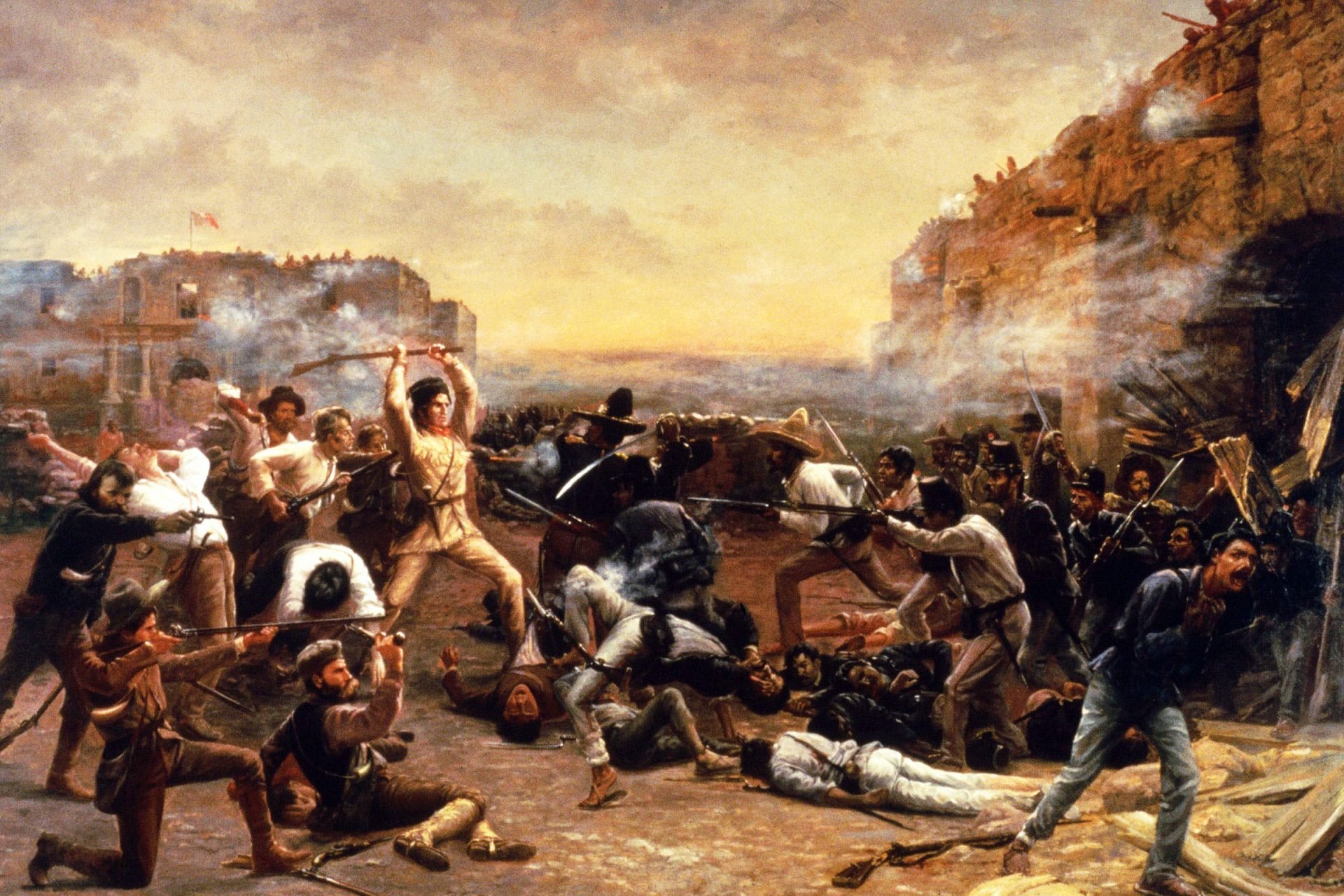
How Crockett died is debatable and not without scandal. The well-known tale indicates that Davy Crockett’s body was found with several Mexican soldier bodies with his knife in one of the soldiers. However, this was challenged by a diary written by a Mexican soldier.
Mexican Lieutenant Colonel Jose Enrique de la Pena wrote about his experiences in the Texas Revolution. He wrote a 109-page field diary that was later transposed into a 400-page narrative. He claims Davy Crockett did not die in battle but was captured and later executed, possibly weeks later, by Santa Anna. In the narrative, Crockett was described as a man, “in whose face there was the imprint of adversity, but in whom one also noticed a degree of resignation and nobility that did him honor.”
The validity of this source has been questioned. A librarian, Cameron Perry, for the Daughters of the Republic of Texas translated these papers from Spanish to English in 1975. Perry was continually harassed for casting doubt on Crockett’s heroic death.
Davy Crockett’s death would later become Tennessee’s call for action to fight in the Mexican-American War. This war started over a boundary dispute in Texas. Tennessee enthusiastically sent volunteers in part to avenge Crockett’s death. The United States only called for 2,800 soldiers from Tennessee, but 30,000 responded.
The tale of Davy Crocket lives on. David Crockett is a complex character described as an “honorary Texas frontiersman” and best known as a Tennessee member of the U.S. House of Congress. He represented Manifest Destiny ideals and poor farmers’ aspirations.
Tennessee and Davy Crockett played a large role in the evolution of Texas. Texas may not be the state it is today without the continued assistance from the Tennessee Volunteers in the Texas Revolution and the Mexican-American War.
